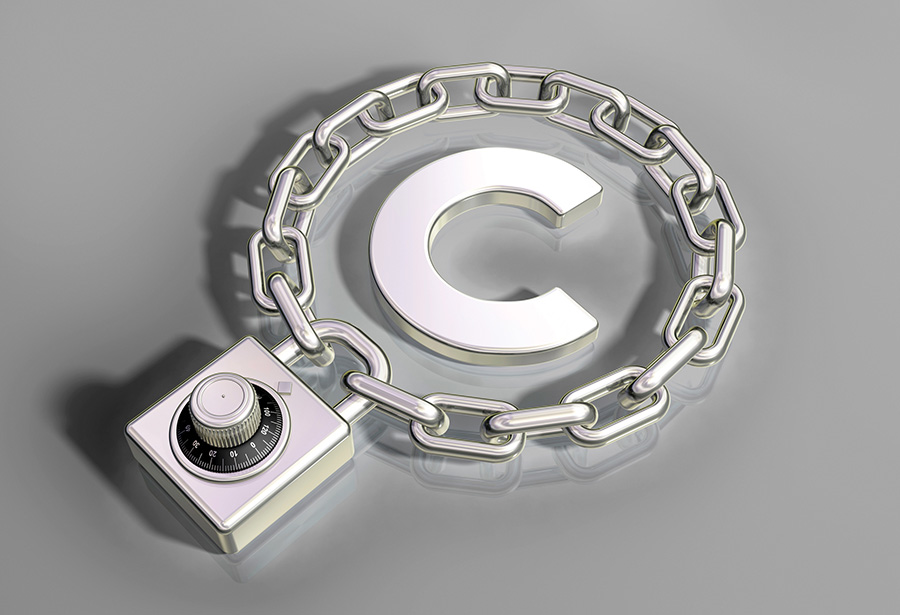10 tips: Protect your copyright
What photographers can do to shield their business from copyright infringement
• April 2016 issue
Know the facts
Copyright infringement can cost your studio thousands of dollars. And fighting infringers is no cinch. Unless you’re expecting to reap at least $30,000 in damages, most attorneys won’t take on the case, since it’s decided in federal court. This is one reason PPA continues its fight for a small claims process that would give photographers and others a way to recoup damages without, literally, making a federal case out of it.
The best thing you can do to guard to your work and your rights is take preventative measures. We can’t offer legal advice here, but we can suggest these 10 tips to help shield your business from copyright infringement:
- Get educated. Copyright law is complex, and there are many misconceptions. So tune into a webinar, attend a class, and read up on the issue on ppa.com. Your clients expect you to be the expert. If you don’t have it already, get your hands on the free PPA Copyright Kit.
- Educate your clients. Make sure clients understand what they can and cannot do with the prints and files they’ve purchased from you. Emphasize why copyright is so important to your business and your livelihood. Taking this one step can prevent numerous infringements.
- Have a sound licensing agreement for each job. Licensing agreements can be part of a larger contract or can stand alone. A licensing agreement (also known as a copyright license or usage agreement) is where you and your clients agree in writing what usage rights the client will have upon payment.
- Include a copyright notice in every contract. In most cases, you own the copyright of your work at the moment of creation. However, not everyone understands this. Protect yourself further by including a statement regarding your copyright in every contract. Don’t be shy: Go one step further to point out the clause and discuss it during the client consultation.
- Mark your work for online display. Use a watermark of your business logo or a written copyright notice (e.g., ©2016 Studio Name. All rights reserved) on any image posted online.
- Don’t distribute high-resolution digital files of your work unless you’ve licensed printing rights to the client. If you’re distributing a file to a client for social media, provide a file that’s appropriate for that use. If you distribute files that are large enough and high quality enough for printing, you’re risking not just digital infringements but print and distribution infringements.
- Track your digital images with metadata. Embedded metadata can help you identify copyright infringements as well as establish ownership if an infringement occurs.
- Don’t give away usage rights too freely. You own your copyright for a reason. Don’t just give it away. When creating a licensing agreement with a client, be sure to include adequate compensation in exchange for any usage rights.
- Register your work with the U.S. Copyright Office. Although you own the copyright for your work from the moment of creation, you don’t have access to full copyright enforcement mechanisms under the law unless you federally register your work. Register your work online at copyright.gov.
- Track copyright reform. The House Judiciary Committee is currently reviewing U.S. Copyright law. Potential changes to the law could directly affect visual artists. So stay current and make sure your voice is heard. ppa.com/advocacy
- Bonus tip! Use PPA resources. On the PPA website, there’s plenty of information to get you up to speed on copyright. Even better, you can download agreement, usage, and licensing templates as well as educational inserts to add to client materials. ppa.com/copyright
Amanda Arnold is the associate editor of Professional Photographer.
Tags: copyright copyright advocacy

